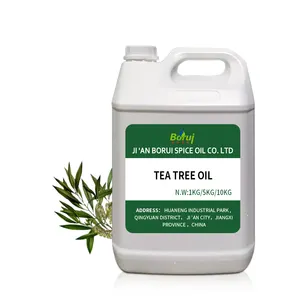Introduction to Good Massage Oils
Good massage oils play a vital role in enhancing the overall experience of a massage. They not only facilitate smooth movement over the skin but also provide nourishing properties that can benefit various skin types. Quality massage oils can transform a simple massage into an indulgent treat, making them indispensable for both professional massage therapists and individuals looking to create a soothing ambiance at home. The right blend of oils can relax muscles, hydrate skin, and elevate the senses through aromatic properties.
Types of Good Massage Oils
- Base Oils: These oils form the foundation of any massage oil blend. Common base oils include:
- Sweet Almond Oil
- Jojoba Oil
- Coconut Oil
- Grapeseed Oil
- Olive Oil
- Essential Oils: These are concentrated oils extracted from plants that offer therapeutic benefits. Popular choices for incorporation include:
- Lavender Oil - known for its calming properties
- Eucalyptus Oil - offers a refreshing scent and muscle-relaxing qualities
- Peppermint Oil - invigorating and soothing to sore muscles
- Tea Tree Oil - has antibacterial properties
- Aromatherapy Oils: These oils are formulated for specific mood enhancement or therapeutic purpose. They can be selected based on desired effects, such as:
- Chamomile for relaxation
- Rosemary for revitalization
- Ylang-Ylang for emotional balance
Function, Feature, and Design of Good Massage Oils
- Function: Good massage oils serve multiple purposes, such as:
- Reducing friction during massages, allowing for smoother strokes
- Enhancing the absorption of nutrients into the skin
- Providing a medium for aromatic essential oils to take effect
- Features: When selecting quality massage oils, look for the following attributes:
- Natural Ingredients: Avoid synthetic additives to ensure skin safety
- Non-Greasy Texture: Opt for blends that allow absorption without leaving a greasy residue
- Aromas: Choose scents that appeal to personal preferences and therapeutic needs
- Design: Good massage oils often come in various packaging to maintain freshness and ease of use:
- Dark glass bottles to protect oils from light degradation
- Drip tops for controlled dispensing
- Air-tight seals to maintain quality over time
Applications and Advantages of Good Massage Oils
- Applications: Good massage oils can be used in various settings, including:
- Professional therapeutic environments, such as spas or clinics
- Personal relaxation routines at home
- Yoga and meditation practices to enhance the sensory experience
- Couple massages for bonding and relaxation
- Advantages: The benefits of using good massage oils are numerous:
- Skin Nourishment: Many oils contain vitamins and antioxidants that nurture the skin.
- Muscle Relaxation: Certain oils can enhance the relaxing effect of a massage.
- Stress Relief: Aromatherapy from essential oils can significantly reduce anxiety and promote emotional well-being.
- Customization: Consumers can blend oils tailored to their personal needs and preferences.














































